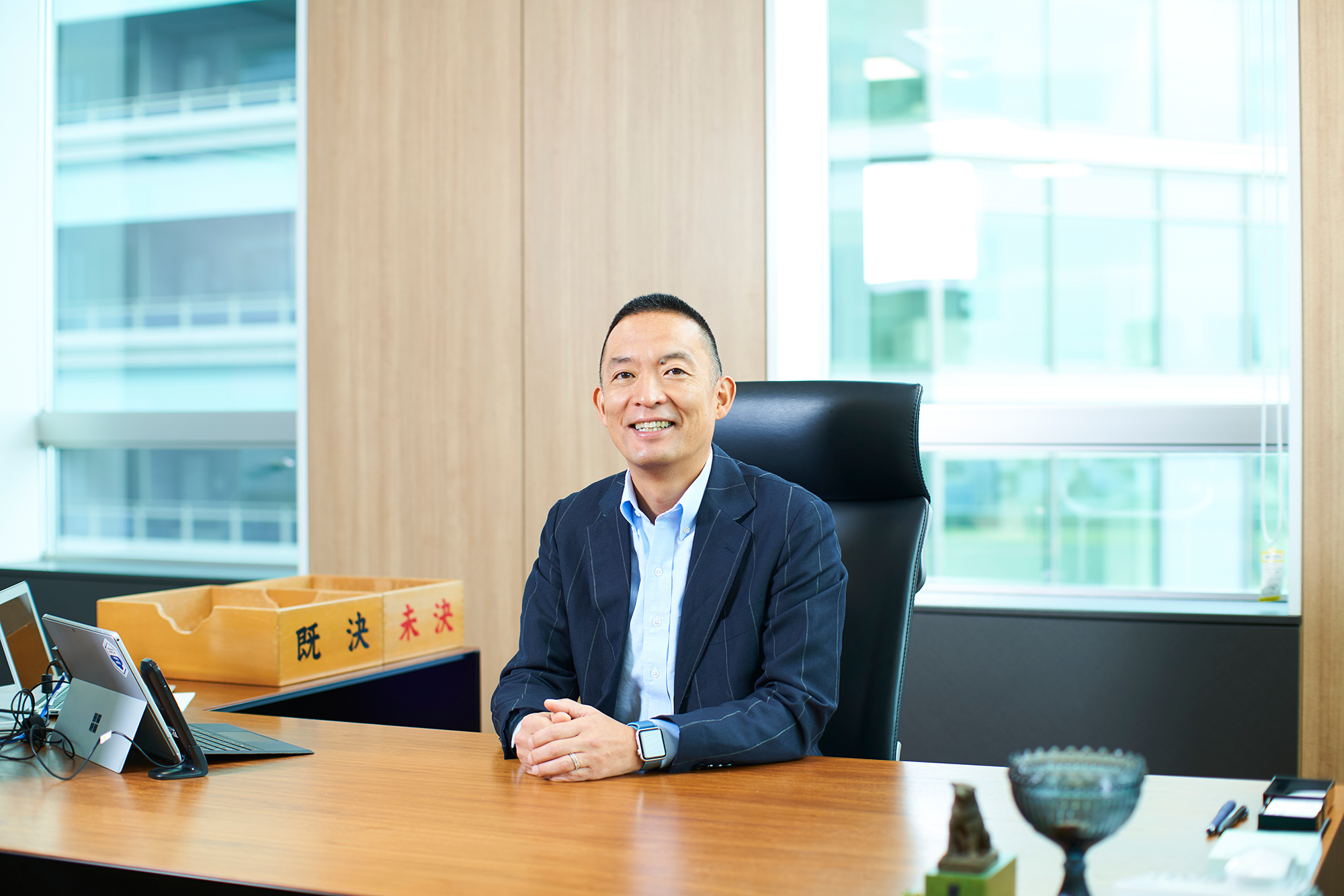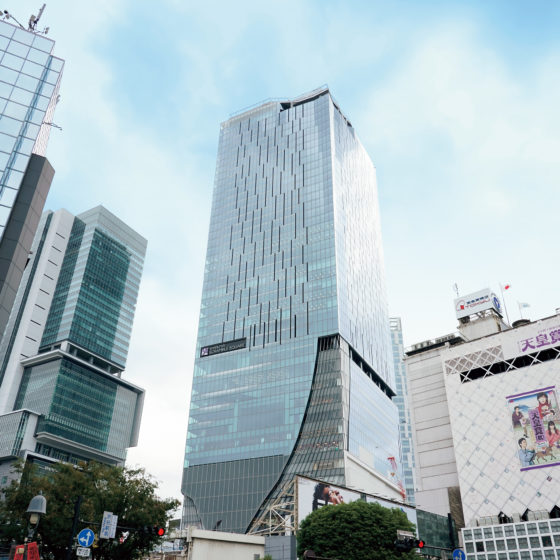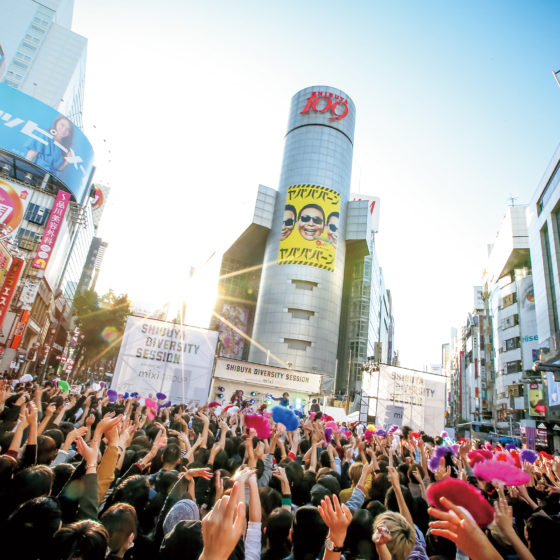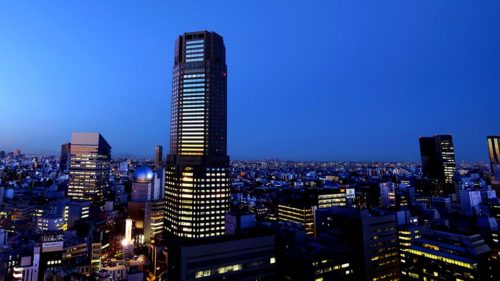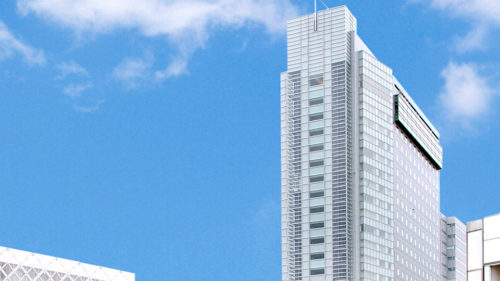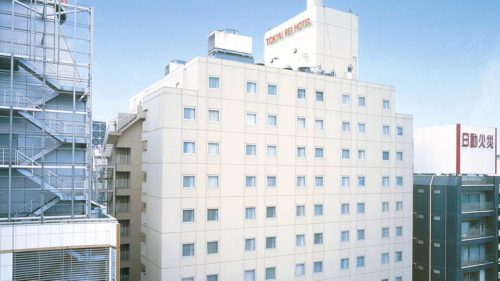- In 2016, Shibuya City devised a fundamental philosophy to set its sights 20 years into the future and be a town that transforms differences into strengths. Diversity and inclusion are the two principles that Shibuya City values most. We want to combine a wide variety of areas, from education, to business, entertainment, and more, to spur innovation through mutual inspiration and build the future.
- Currently, while the central area around Shibuya Station and the Sakuragaoka area are continuing to change into spawning areas for trends in entertainment and business, we are simultaneously trying to boost the comfort of the town by improving highly complex traffic lines and rebuilding the Shibuya River. Since the living and working spaces in Shibuya City are often in different areas, it is necessary to cooperate with and support the private sector to offer services to residents. Through collaboration with a diverse range of people and businesses, I want to make Shibuya an even more fascinating and comfortable place.
- Eventually, I want to turn Shibuya into a municipality with the capacity to contribute ideas and information on the same level as London, Paris, and New York. It may sound humorously over-ambitious, but by putting this into words, I am working for us to have a global perspective. Until now, we have made comparisons such as, “Other parts of Tokyo have done this,” or, “Other Tokyo municipalities have achieved that,” but there are even more examples for us to reference if we direct our attention internationally. To compete with diverse people, it would not be possible following pre-existing, conventional approaches. We can learn from Finland, with their high level of support for raising children, and from New York, with its famous High Line jogging route, as we work to build the infrastructure of city districts such as Sasazuka, Hatagaya, and Hatsudai. Again,
- Our Japanese zelkova trees are a symbol of Shibuya City and offer colorful variations in each season. At the same time, like the unchanging trunk of a tree, Shibuya also has unchanging elements. These include Omotesando’s longstanding reputation as a fashion district that also combines the history of being the front approach to Meiji Shrine. In fact, the zoning laws of Omotesando allow for taller buildings than those that currently exist; however, landowners have self-regulated in this regard out of respect for the avenue’s significance to the shrine. The fact that Omotesando has and continues to offer access to Meiji Shrine is a point of pride for local residents. I think that one of the charms of Shibuya is that it connects the present with the past.
- In surveys of people outside Japan, researchers have asked where travelers would like to go once COVID-19 has passed. Apparently, a very large number of them have answered, “Japan.” Of course, we cannot be overly optimistic now that we know how formidable this virus is, but I think that people will never lose their desire to travel and enjoy themselves. I would like Shibuya to still be one of their choices when the time comes. A city is not a very large administrative district, but I think that we can make Shibuya very attractive with a little ingenuity. Since we can “transform differences into strengths” for entertainment and innovation through ICT, I would like to seize the opportunities of this moment. That is my philosophy.
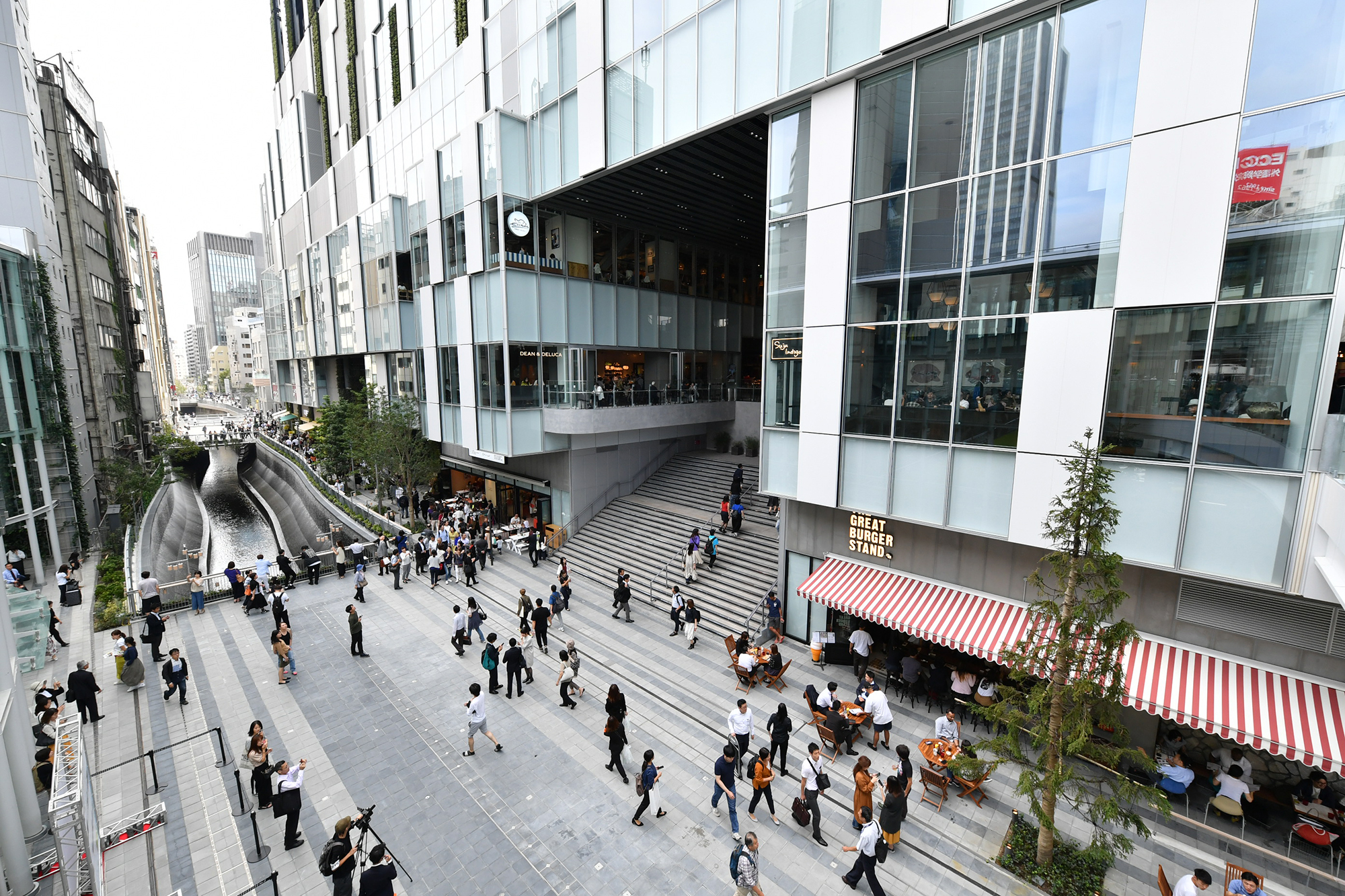
©SHIBUYA STREAM
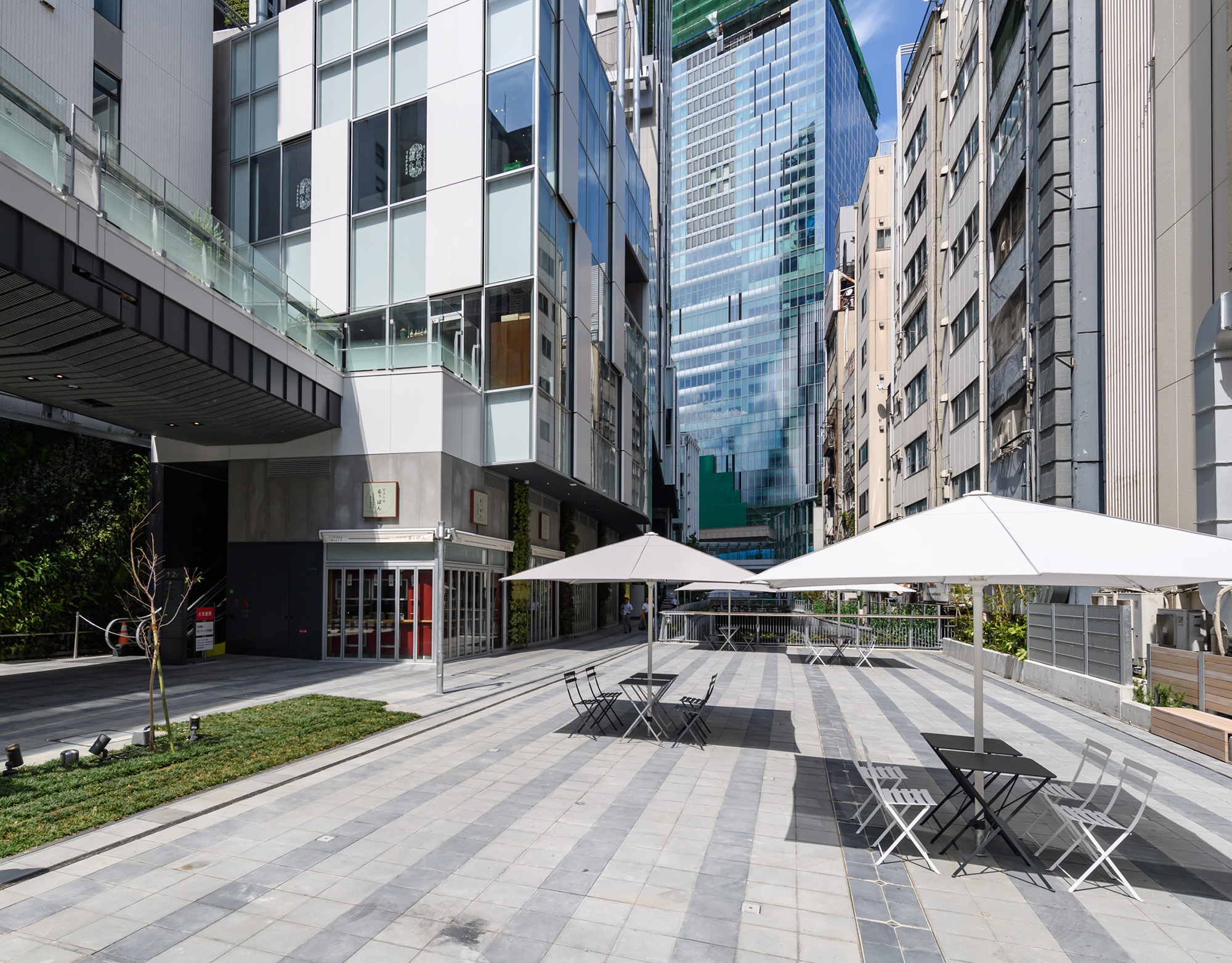
©SHIBUYA STREAM



